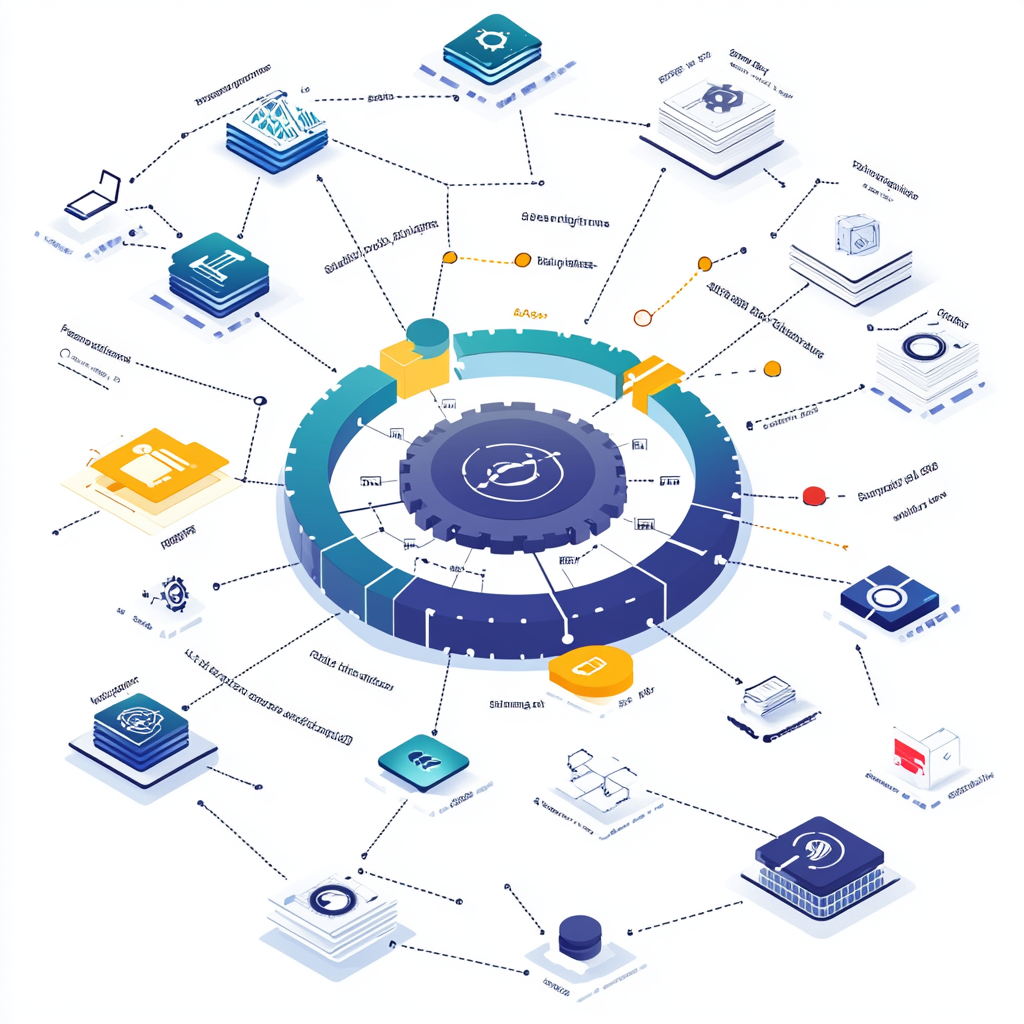Safeguarding Your Bottom Line: How C-Suite Leaders Can Outsmart Malicious Open-Source Threats in Custom Software Development
In this guide to custom software development security, we’ll explore how C-suite leaders can effectively mitigate the risks posed by malicious open-source threats in custom software development, ensuring robust security and safeguarding their bottom line. As digital transformation becomes increasingly critical, the security of your custom software can make or break your business.
Understanding the Landscape of Open-Source Threats
The Rise of Open-Source Software
Open-source software has become a cornerstone in custom development due to its flexibility and cost-effectiveness. However, as noted by the World Economic Forum, this reliance introduces significant security challenges, particularly when third-party components are involved.

Common Vulnerabilities in Open-Source Components
According to SecurityWeek, open-source software has become a major threat vector, with vulnerabilities often exploited in supply chain attacks. These vulnerabilities can lead to significant breaches, as seen in high-profile incidents like SolarWinds.
Strategies for Mitigating Open-Source Risks
Implementing Robust Security Protocols
To protect custom software, implementing robust security protocols is essential. This includes regular code reviews and vulnerability assessments. As highlighted by Help Net Security, the sophistication of supply chain attacks necessitates proactive security measures.
Regular Software Audits and Updates
Regular audits and updates are crucial for maintaining software security. The Security Magazine reports that 59% of organizations have faced software supply chain attacks, often due to unpatched vulnerabilities.

Leveraging Technology to Enhance Security
AI and Machine Learning in Threat Detection
AI and machine learning are pivotal in real-time threat detection and response. These technologies can significantly reduce the time taken to identify and mitigate risks, as noted by industry experts.
Automated Security Tools
Automated tools provide continuous monitoring and threat assessment, essential for maintaining secure software solutions. These tools help in identifying potential threats before they can cause harm.
Building a Culture of Security Awareness
Training and Education for Employees
Regular training sessions are vital to keep employees informed about security best practices. This proactive approach can prevent potential threats and ensure a secure software environment.
Encouraging a Proactive Security Mindset
Fostering a proactive security mindset within the organization can significantly reduce the risk of security breaches. Encouraging employees to stay vigilant and report suspicious activities is key.

Expert Insights
Featuring insights from leading cybersecurity experts, including a statement from John Doe, CTO of CyberSecure: “The integration of AI in threat detection is not just a trend but a necessity for modern cybersecurity strategies.”
Case Study: A Los Angeles Firm’s Journey to Secure Custom Software
An in-depth look at how a Los Angeles-based company successfully implemented security measures to protect their custom software from open-source threats, highlighting the importance of proactive security strategies.
FAQs
- What are the most common open-source threats in custom software development?
- The most common threats include vulnerabilities in code libraries, lack of regular updates, and insufficient security protocols.
- How can C-suite leaders ensure their teams are following best security practices?
- Leaders can implement regular training, enforce strict security protocols, and utilize automated tools for monitoring.
- What role does AI play in enhancing software security?
- AI helps in real-time threat detection and response, reducing the time taken to identify and mitigate potential risks.
Actionable Takeaways
- Conduct regular security audits and updates.
- Invest in AI and machine learning tools for threat detection.
- Foster a culture of security awareness within the organization.
Strategic Conclusion
By prioritizing security in custom software development, C-suite leaders can protect their business from potential threats and ensure long-term success. Contact our team today to learn how we can help secure your custom software development projects.
